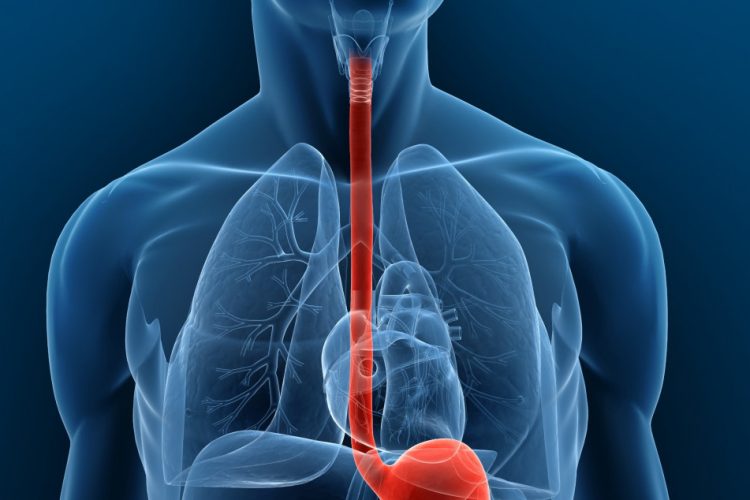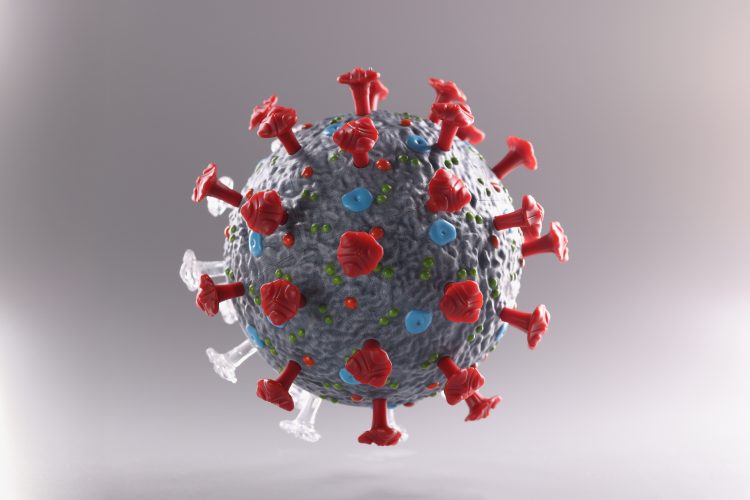Alzheimer’s treatment targets root causes, not just symptoms
Porosome Therapeutics has made a groundbreaking discovery in Alzheimer’s research by targeting the disease’s molecular causes, focusing on restoring secretory and metabolic functions. This approach could not only slow progression but potentially reverse early-stage pathology.



























